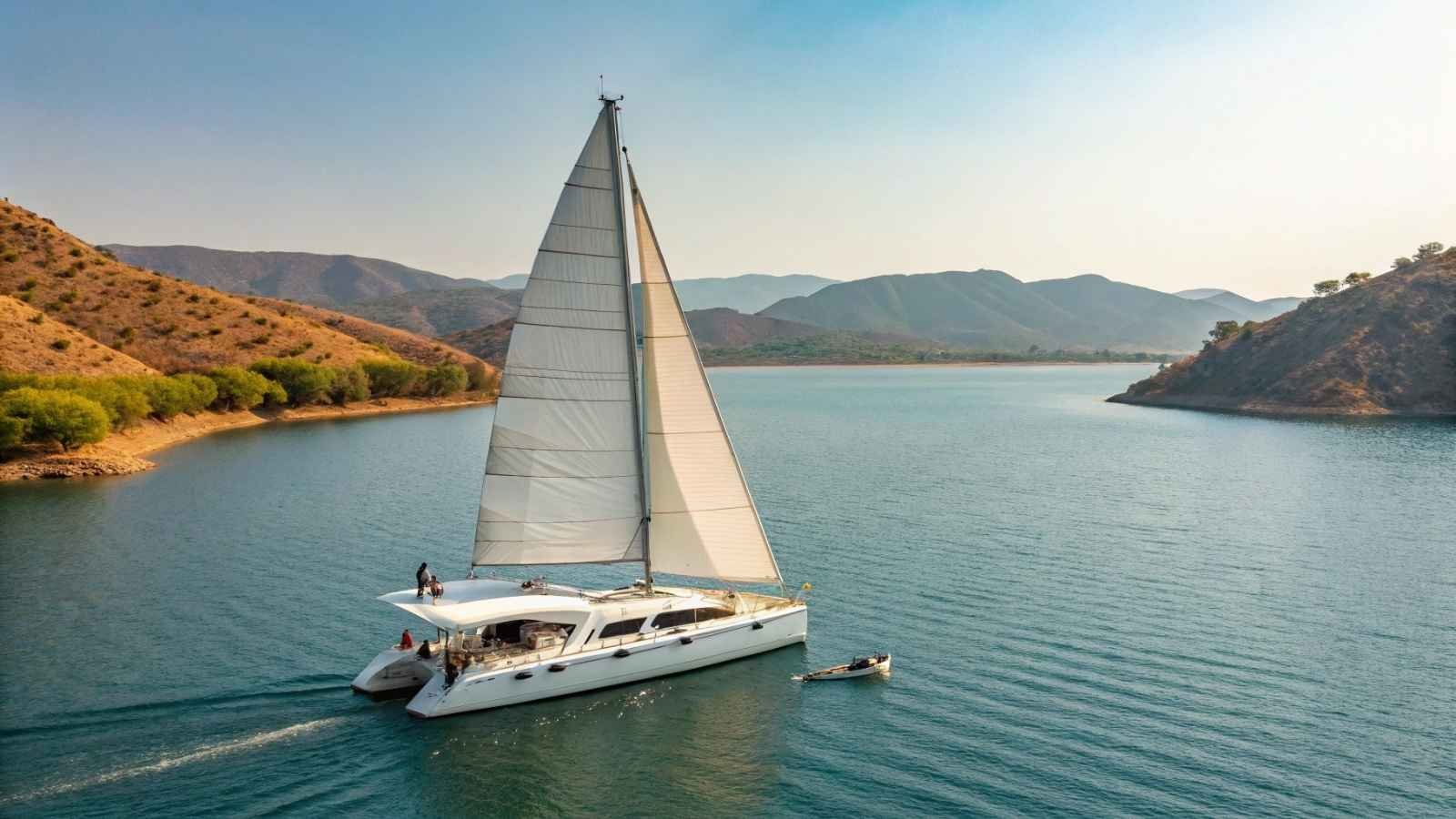
Sometimes, a moment on every cruise—somewhere between the third buffet and the fifth souvenir shop—when it hits you: this isn’t the adventure you signed up for.
You wanted freedom, not a fixed itinerary. Stories, not schedules. Not just your camera roll. If you read anything familiar in that, don’t worry — you’re not the only one who feels that way, and you’re not doomed to remain that way.
There’s a whole world of alternatives out there offering more value, deeper connections, and real experiences far from the cruise crowd. This list? It’s your escape hatch into travel that feels like living, not just coasting.
1. Overnight Ferry Travel (Europe & Asia)
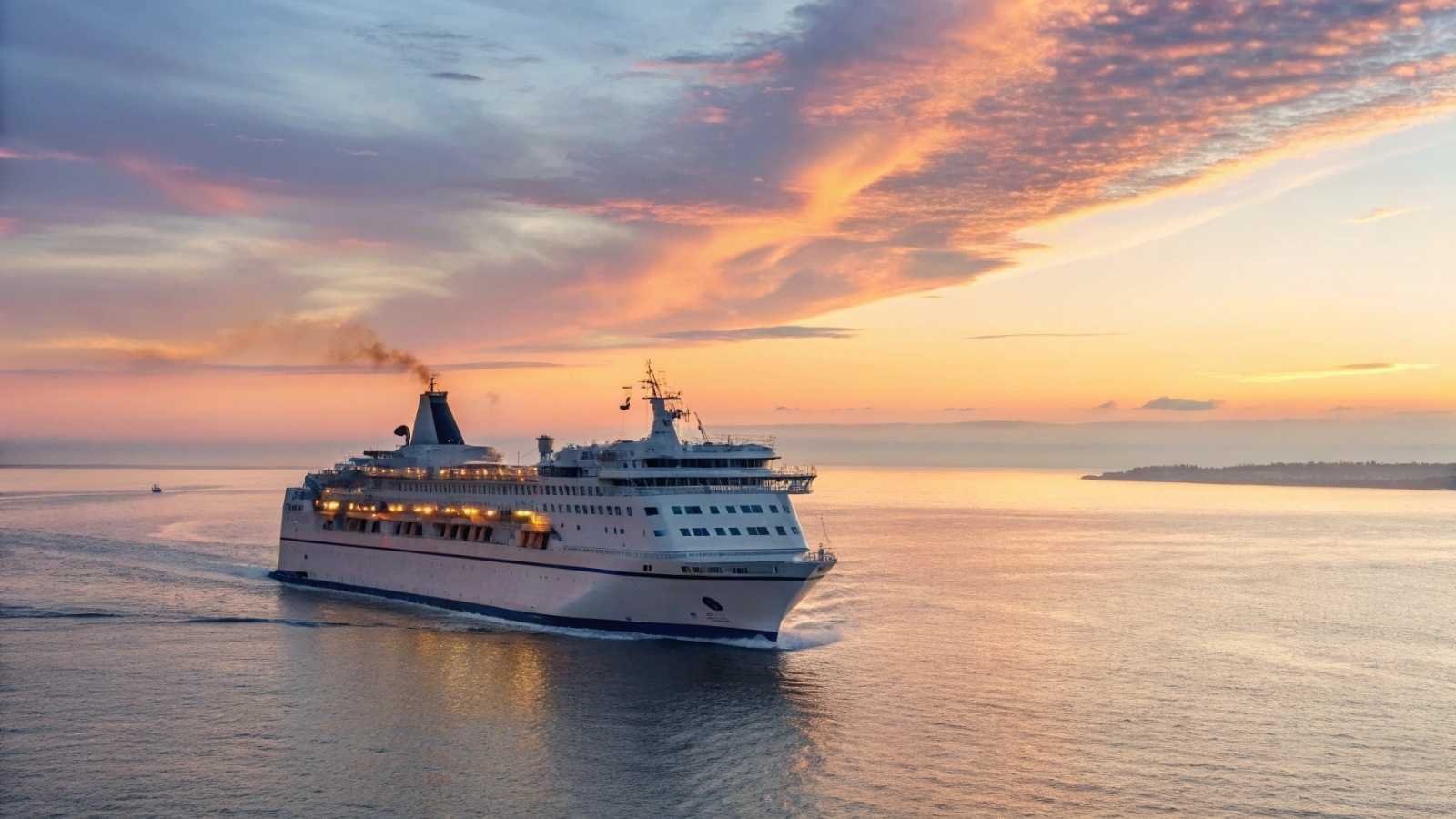
You want to spend your days of travel afloat somewhere new, but sans the permanence of a cruise ship and the shackles of overnight ferry travel, it just might be right up your alley. A lesser-known method of traveling between incredible spots–Stockholm to Helsinki, Athens to Santorini …Japan’s Honshu to… Hokkaido costs less than complex at the airport and plenty less. Today’s ships are very often offering spacious private cabins, restaurants, bars, and even spas on board, so you feel like a luxury hotel but pay a fraction cruise price.
One of the best parts? You’re not stuck on a floating mega-mall. Once docked, you are out on your own for a country stroll, street food stroll, or quiet museum hop. You can route and duration very easily with these schedules being flexible enough. An open-ended solution for travelers who seek independence and authenticity.
It’s also surprisingly scenic. Sailing through Greece’s island-speckled Aegean or Norway’s fjord-lined coasts at sunset is nothing short of magical, without the overproduced cruise excursions and with more locals on board than tourists.
Best For: Independent travelers who want multi-country or multi-island exploration with local flair.
Other Useful Info:
- Best Months: April–October for Europe, year-round for Japan
- Top Routes: Stockholm–Helsinki, Athens–Santorini, Osaka–Beppu
- Cost: $50–$150 one way (private cabin extra)
- Booking Tip: Book early during the summer months for better cabin options
- Who It’s Not For: Travelers who want all-inclusive pampering and planned excursions
2. Scenic Train Journeys

Train travel is trendy (and with good reason). There is an appeal to sliding through gorgeous vistas while having a latte, while the world outside your window comes and goes. Scenic trains have an authenticity that cruises lack, they make access to both nature and culture like none other because they are often unscripted journeys. Be it the legendary Switzerland’s Glacier Express, or an arguably more luxurious Seven Stars of Japan, or the infamous Rocky Mountaineer for North America, across the board, you have a choice in budgets.
What makes it a true cruise alternative is the multi-day, slow-travel vibe without being locked into a floating city. You can stop in charming towns, switch trains to explore different regions, or build your itinerary through a rail pass. And trains often drop you right into the heart of a city—no tender boats or day-tripper crowds.
Comfort-wise, you can splurge on sleeper cabins with private baths or keep it budget-friendly in plush reclining seats with panoramic windows. And here’s the kicker: there’s no seasickness, no tipping pressure, and plenty of social moments in shared dining cars or observation lounges—but none of the cruise-style crowding.
Best For: Travelers who want the slow-travel luxury of cruises, but with more land immersion and flexibility.
Other Useful Info:
- Best Months: May–October for most scenic routes
- Top Routes: Glacier Express (Switzerland), Rocky Mountaineer (Canada), Belmond Andean Explorer (Peru), West Highland Line (Scotland)
- Cost: $75–$500/day (depending on class)
- Booking Tip: Rail passes offer huge savings for multi-leg journeys (e.g., Eurail or Japan Rail Pass)
- Who It’s Not For: Those seeking high-energy nightlife or warm coastal weather
3. Private Sailing and Yacht Charters

If you ever look out at the cruise port and think that sounds way better than a big ship, then maybe private sailing is what you have been looking for. Sailing charters give you the opportunity to set your course, moor in far-flung bays, and have star raves without bail facility scuffle or dining crowd control nightmare.
Croatia, Greece, the Caribbean, and Thailand are all places where crewed charters are the norm, so you don’t need to be a sailor yourself. With your captain, they know the secret coves, the floating seafood grills, and where to find the best snorkeling (we ain’t talking places big cruise ships can reach). With smaller groups or just your travel party, this option is intimate, personalized, and surprisingly affordable when split between friends.
Consider this — getting up to have dolphins following your bow, jumping in for a swim in AM, motor sailing to a secluded village for lunch, and enjoying the last sip of wine on deck before sunset. Cruise life, but without the crowd, the prattling and and this unchanging everything.
Best For: Couples or small groups seeking a luxury-style escape with complete control and privacy.
Other Useful Info:
- Best Months: May–September in the Mediterranean; November–April in the Caribbean & Thailand
- Top Locations: Croatia, British Virgin Islands, Thailand, Greece, French Polynesia
- Cost: $1,500–$5,000/week (split among guests)
- Booking Tip: Use trusted charter brokers or platforms like Sailo, SamBoat, or Zizoo
- Who It’s Not For: Solo travelers on a tight budget or those prone to motion sickness
4. Small-Group Cultural and Overland Tours

Authenticity is your travel currency; small-group tours offer something cruises often can’t: a true connection with local life. Whether you’re traversing Morocco by 4×4, journeying through Vietnam by train, or exploring Peru’s Sacred Valley with a local guide, these experiences immerse you in culture, not just show it to you through a tour bus window.
The key is scale. With just 8–16 people in a group, you can eat at family-run restaurants, visit artisan villages, and stay in guesthouses instead of sterile resorts. You’ll have the logistics taken care of, but still enough breathing room for independent exploration and spontaneous experiences. The guides are usually locals, not cruise employees flown in for a season.
And despite being organized, this travel style doesn’t feel rushed. You get more depth in each destination, and the journey feels collaborative, not choreographed. It’s a middle ground between full independence and a cruise’s over-scheduled pace.
Best For: Travelers who want structure without rigidity, and cultural immersion without the stress of solo planning.
Other Useful Info:
- Best Months: Year-round, depending on region
- Top Operators: G Adventures, Intrepid Travel, Exodus, Wild Frontiers
- Cost: $700–$3,000 per trip (7–14 days)
- Booking Tip: Choose local or ethical tour operators with a strong sustainability focus
- Who It’s Not For: Travelers who dislike group dynamics or want full control over their itinerary
5. Hiking and Trekking Tours

Mountains are more likely than the ocean, but stick with me here: Trekking tours provide a kind of freedom (not literal), perspective, and personal achievement unlike anything else. From Spain’s Camino de Santiago, to the Inca Trail in Peru, or the all-natural Annapurna Circuit in Nepal, where you aren´t just seeing everything but are also paying for it.
Hiking tours are deeply immersive. You walk through local villages, sleep in eco-lodges or homestays, and connect with nature and culture in a way cruise excursions can’t touch. Plus, you control the pace. Whether it’s a challenging multi-day trek or a series of gentle day hikes with a support vehicle nearby, there’s something for all fitness levels.
And while cruises sometimes feel like floating buffets, hiking resets your senses. Every meal feels earned, every sunrise feels intentional, and every interaction feels unscripted. You return not just rested, but changed.
Best For: Travelers seeking nature, accomplishment, and cultural depth in one trip.
Other Useful Info:
- Best Months: April–October, depending on the region
- Top Trails: Camino de Santiago, Inca Trail, Laugavegur (Iceland), Dolomites Alta Via (Italy), Patagonia’s W Trek
- Cost: $500–$2,500 per trek
- Booking Tip: Look for tours with porters or gear support if you’re not a seasoned hiker
- Who It’s Not For: Travelers with mobility challenges or those needing high-comfort accommodation
6. National Park and Wilderness Adventures

Crave wide-open skies, wildlife encounters, and real peace? National park trips beat a crowded cruise ship ten times over. Whether it’s camping under the stars in Utah, safari drives in Kenya, or kayaking through Patagonia’s glaciers, these trips deliver unfiltered nature and raw adventure. Best of all? You decide when to stop, how long to stay, and how deep to go.
Many of the U.S. national parks are good for road tripping, and most have a range of accommodations that are both road-trip-friendly and budget-friendly, with offerings from rustic tent camping to luxury glamping. Beyond the United States, guided safaris or wilderness lodges provide comfort without displacing you from the wild. Unlike cruises, which often “view” nature from afar, this travel style puts you right in the ecosystem—hiking, paddling, and watching sunrises from cliff edges.
And here’s the surprise: it can be just as social as a cruise, but in the campfire-circle way, not the cocktail-party way. The people you meet in these places are often as interesting as the wildlife.
Best For: Outdoor lovers, families, photographers, and anyone who wants a meaningful digital detox.
Other Useful Info:
- Best Months: Spring and fall for U.S. parks; dry season for Africa & South America (varies by region)
- Top Locations: U.S. National Parks, Banff (Canada), Torres del Paine (Chile), Maasai Mara (Kenya), Kruger (South Africa)
- Cost: $300–$2,000+ depending on lodging and park access
- Booking Tip: Reserve popular campgrounds or lodges 6+ months in advance
- Who It’s Not For: Travelers uncomfortable with rustic settings or variable weather
7. Kayak and Small-Boat Tours

If you like cruising on the water but would prefer a more intimate, customizable, and active experience, a kayak (or small-boat) tour is for you. Instead of teetering on the railing of a ship, you’re coasting through mangrove tunnels in Costa Rica, paddling past floating markets in Vietnam, or observing glaciers calve at water level in Alaska.
These tours offer a front-row seat to nature and culture. You can stop and explore villages, wildlife habitats, or remote beaches on a whim. Many tours include guides who know the ecology, history, and hidden gems, making it an immersive educational journey as much as a scenic one.
And the nifty small group sizes (normally 6 to 12) foster a community vibe that is difficult to replicate on a mega-ship. You’ll feel like a traveler, and not like just another tourist.
Best For: Nature enthusiasts, eco-conscious travelers, and anyone who wants a peaceful, physical, and personal water adventure.
Other Useful Info:
- Best Months: Dry seasons or summer, depending onthe destination
- Top Locations: Alaska, Baja Peninsula (Mexico), Ha Long Bay (Vietnam), Queen Charlotte Islands (Canada), Dalmatian Coast (Croatia)
- Cost: $800–$3,000 for multi-day guided tours
- Booking Tip: Choose outfitters with strong environmental credentials
- Who It’s Not For: Those who dislike water-based activity or require high-comfort lodging
8. Riverboat and River Cruise Tours

Not all cruises are created equal, and river cruises are the under-the-radar cousin of ocean voyages that might just win your heart. Picture a boat that pulls right into the city center of Paris, Budapest, or Luang Prabang—no tenders, no long commutes, just you and walkable charm right off the dock.
What sets these apart is scale and intimacy. Most riverboats have under 150 passengers, often far fewer. You get a cabin, a dining room, and a lounge — but no casinos or karaoke lounges. The mood is laid-back, the feel leisurely, the emphasis on landscapes, culture, and historic ports.
Riverboats, by contrast, are far less about sea days and far more about daily excursions, local cuisine, and real-time glimpses of life on the riverbanks. You’ll travel past vineyards, castles, and rice paddies, not just open ocean.
Best For: Travelers who want a cruise structure with deeper cultural experiences and less crowding.
Other Useful Info:
- Best Months: May–October in Europe and Asia; dry season elsewhere
- Top Rivers: Danube, Rhine, Mekong, Nile, Amazon
- Cost: $1,500–$5,000+ for 7–10 day cruises
- Booking Tip: Book directly with smaller lines or go during shoulder season for better rates
- Who It’s Not For: Adventure seekers or those looking for onboard entertainment and amenities
9. Walking and Pilgrimage Tours

There’s a reason ancient paths still beckon modern-day travelers. Walking tours — especially those long pilgrimage routes like Spain’s Camino de Santiago or Japan’s Kumano Kodo — provide a deep cocktail of physical action, cultural interface, and personal reflection. You are not on a tourist trip; you are on a journey.
Each day unfolds with simplicity: you walk, eat, rest, and repeat. The path becomes a narrative, filled with small-town encounters, countryside views, and unexpected conversations with fellow travelers. Unlike a cruise, where time in port is limited, you live inside the landscape, through forests, farms, coastlines, and historic villages.
Accommodations range from pilgrim hostels to boutique inns, and your luggage can be transported ahead, so you only carry what you need. It’s low-tech, high-reward travel—and shockingly affordable.
Best For: Solo travelers, cultural seekers, and those looking for slow travel with purpose.
Other Useful Info:
- Best Months: Spring and fall (avoid peak summer heat)
- Top Routes: Camino de Santiago (Spain), Kumano Kodo (Japan), St. Cuthbert’s Way (UK), Via Francigena (Italy)
- Cost: $30–$150/day depending on accommodation
- Booking Tip: Consider booking with self-guided tour operators for convenience and support
- Who It’s Not For: Those with limited mobility or who dislike walking long distances
10. Bicycle (Cycling) Tours

If you’re the type who wants to cover more ground than walking but still keep things personal and off-the-beaten-path, cycling tours hit the sweet spot. From wine-country rides in France to temple-hopping in Cambodia, you’ll experience a country at human speed—fast enough to move, slow enough to absorb.
Modern cycling tours range from self-guided to fully supported, with luggage transfers, local guides, and even e-bikes for those who want ease without effort. You’ll pedal past farms, stop for roadside pastries, chat with locals, and sleep in everything from farm stays to upscale inns. And unlike a cruise, you’ll burn off that indulgent dinner.
Cycling lets you string together towns and regions that might be missed by train or car—and gives you the satisfaction of doing it on your own steam (with a comfy bed at day’s end).
Best For: Active travelers who want to explore deeply, eat well, and avoid crowds.
Other Useful Info:
- Best Months: Spring and fall for most destinations
- Top Regions: Loire Valley (France), Tuscany (Italy), Dalmatian Coast (Croatia), Northern Thailand, Vietnam’s Mekong Delta
- Cost: $800–$4,000 depending on duration and support level
- Booking Tip: Choose a tour with van support and luggage transfers for easier logistics
- Who It’s Not For: Those uncomfortable cycling long distances or in hot weather
11. Slow Travel with Local Homestays and Community Lodges
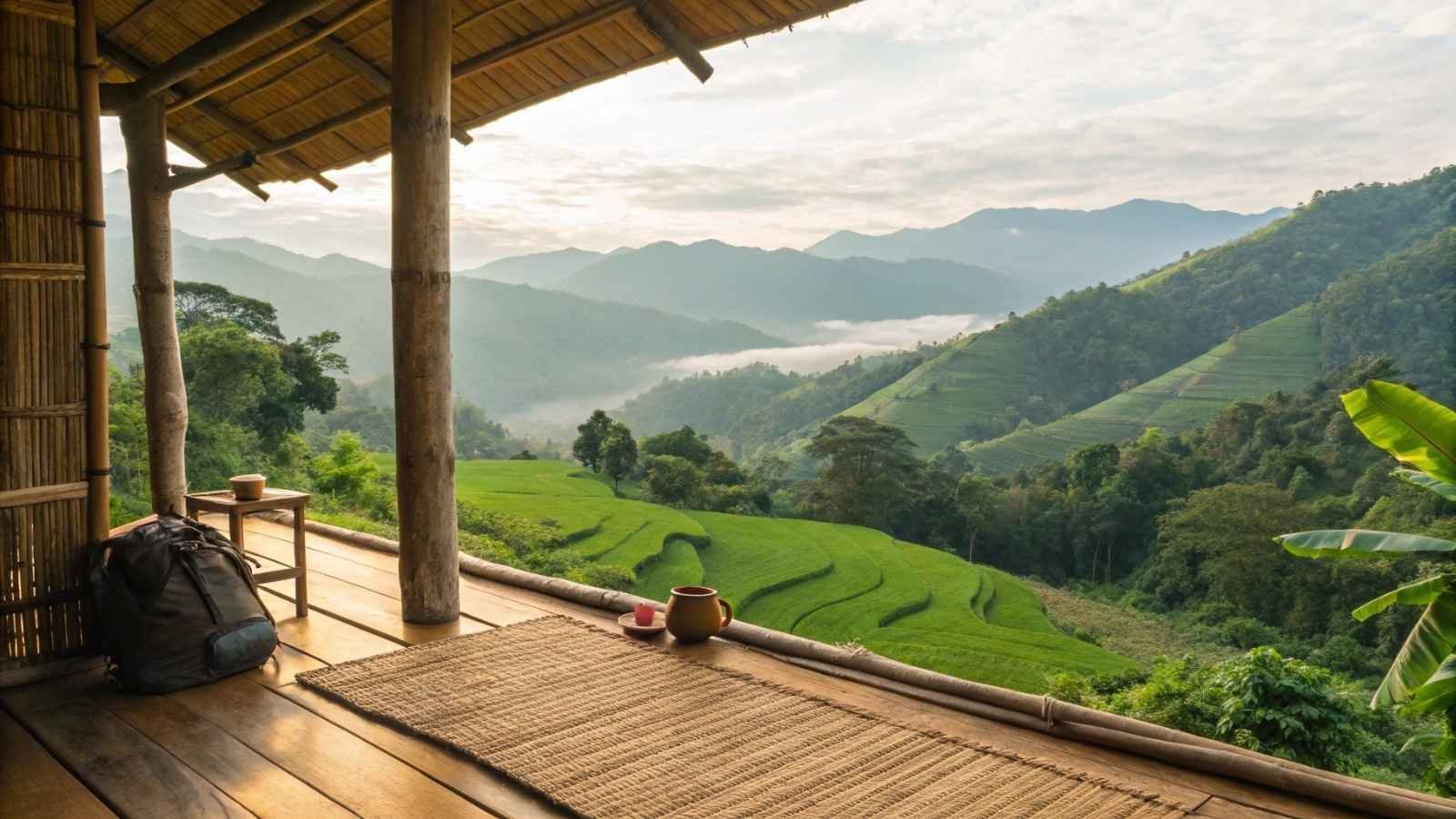
Sometimes the best mode of travel is to not travel at all — at least not too fast. The essence of slow travel is about not rushing. Like other community-based homestays or jungle eco-lodges, local homestays stick you to a place instead of whistling through it, and you get 10 times more out of the experience.
Instead of a buffet line and guided tour, imagine learning to cook tamales with a grandmother in Oaxaca, or waking up to the sound of Buddhist chants in a small Thai village. These experiences don’t just show you the culture—they fold you into it. And the money you spend? It stays in the community.
These stays often come with surprising luxuries: handcrafted breakfasts, private gardens, rooftop hammocks. But the real luxury is time—time to connect, reflect, and just be.
Best For: Culture-curious travelers, digital nomads, slow-lifers.
Other Useful Info:
- Best Months: Varies widely by destination
- Top Places: Bali (Indonesia), Oaxaca (Mexico), Kerala (India), Luang Prabang (Laos), Transylvania (Romania)
- Cost: $20–$100/night
- Booking Tip: Use platforms like Fairbnb, Worldpackers, or book directly through local tourism boards
- Who It’s Not For: Those who need fast-paced itineraries or familiar creature comforts
12. Train Journeys Across Countries or Continents
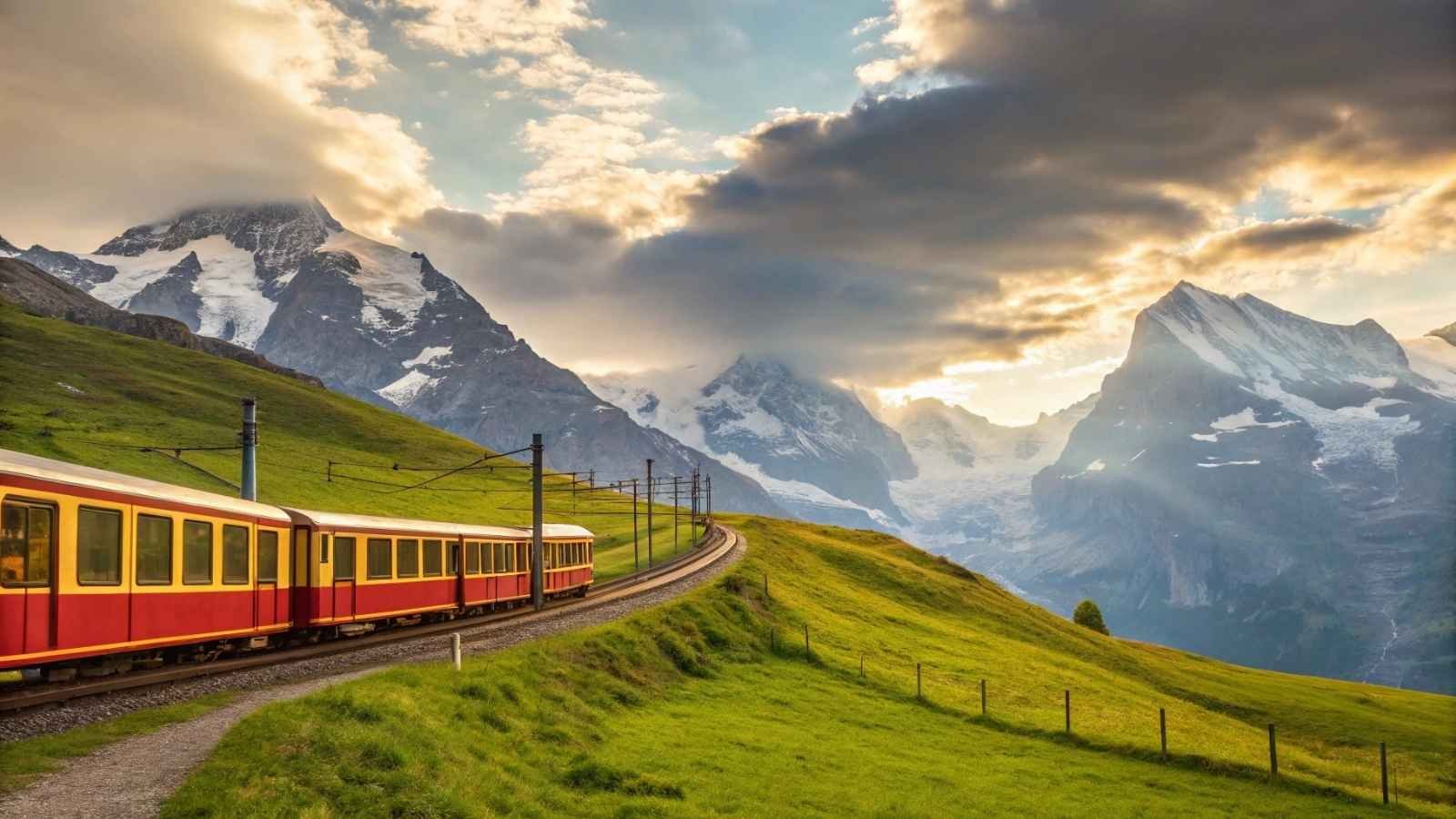
Trains are not just a means of travel, they can be the journey. Other routes provide the grace of a past time, and can present layer upon layer of artful tapestry of landscapes and cultures. From the rocky cliffs of the Amalfi Coast to the grassy steppes of Mongolia, trains take you where cruise ships can’t — and often right up to the action.
And multiday itineraries such as the Trans-Siberian Railway, Rocky Mountaineer, or Eastern & Oriental Express are immersive without being enervating. You get ample cabins, chef-prepared meals, and social lounge cars, with the bonus of actually seeing the countries you traverse — no ports needed.
And there’s something deeply human about train travel: it’s not flashy or fast, but steadily moving through the real world, stopping in towns and stations you never knew existed.
Best For: Romantic adventurers, writers-at-heart, and lovers of the scenic route.
Other Useful Info:
- Best Months: Spring to early fall for temperate climates; winter for scenic snow routes
- Top Routes: Glacier Express (Switzerland), Trans-Siberian Railway (Russia/Mongolia), The Ghan (Australia), Sri Lanka Rail
- Cost: $500–$5,000+ depending on route/class
- Booking Tip: Choose sleeper cabins with panoramic views when possible
- Who It’s Not For: Travelers with limited time or those uncomfortable with long durations in transit
13. Campervan or Overland Road Trips
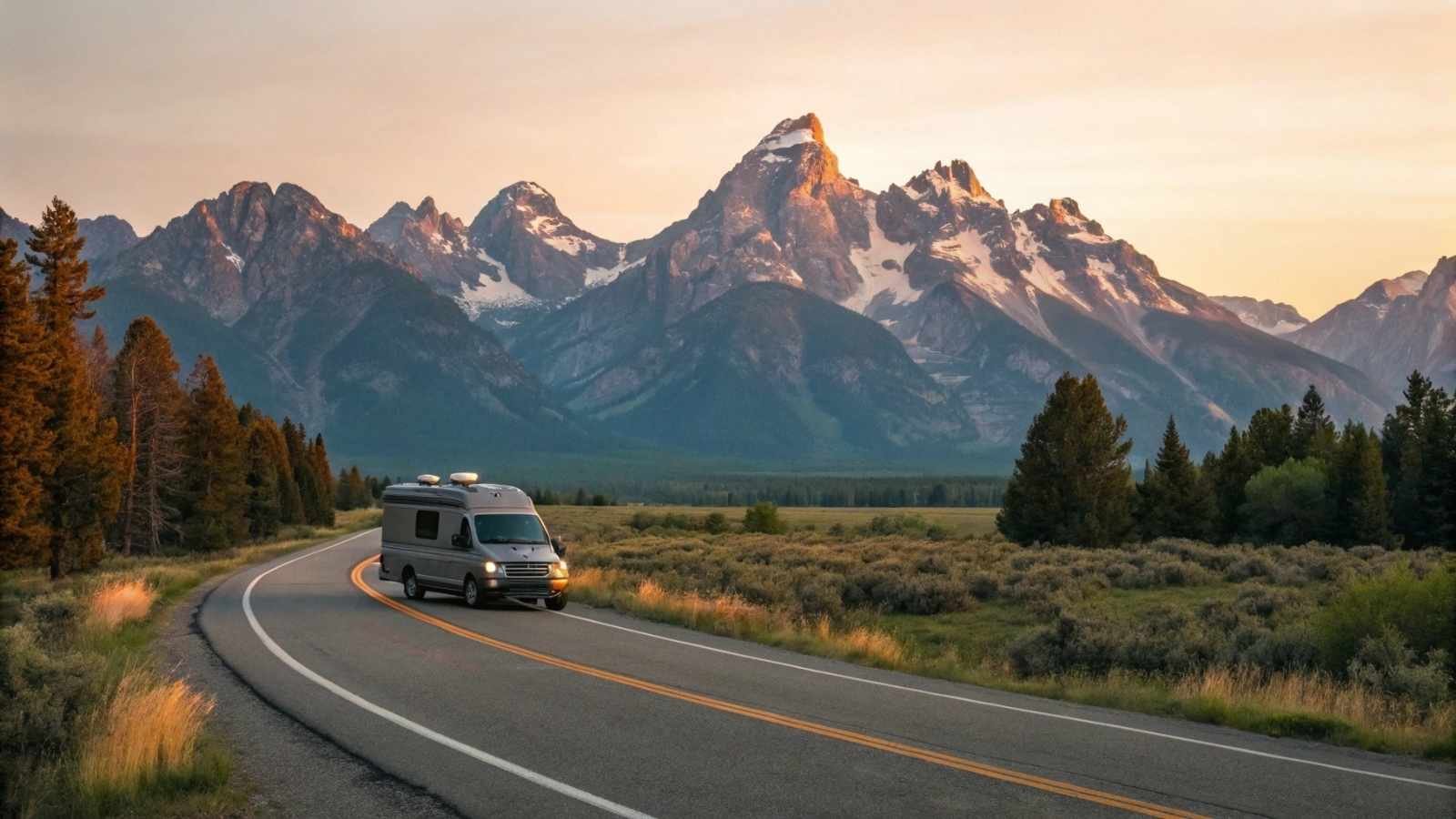
Want total control over your itinerary and wake-up view? Then it’s time to take the wheel—literally. Traveling by campervan or overlanding rig gives you mobility, independence, and the ability to sleep in stunning, remote places without needing to unpack a single time.
It’s the choose-your-own-adventure of travel. You can chase the northern lights in Iceland, sip wine by a lake in Portugal, or drive across entire continents, all from your mobile base. With clever van setups and solar panels, it’s even possible to live off-grid comfortably for weeks.
Unlike cruises, where your route is fixed and timed, this form of travel gives you the ultimate freedom: stay longer, detour, discover unexpected gems, or skip the crowds entirely.
Best For: Free spirits, nature lovers, and travelers with a DIY mindset.
Other Useful Info:
- Best Months: Spring to fall in most regions; year-round in temperate zones
- Top Routes: Iceland Ring Road, Garden Route (South Africa), Great Ocean Road (Australia), Pacific Northwest (USA/Canada)
- Cost: $40–$150/day depending on vehicle and location
- Booking Tip: Book campervans early in high season; use park passes and apps for free/cheap overnight spots
- Who It’s Not For: Those uncomfortable driving long distances or needing hotel-like convenience
14. Island-Hopping by Local Ferry or Private Charter
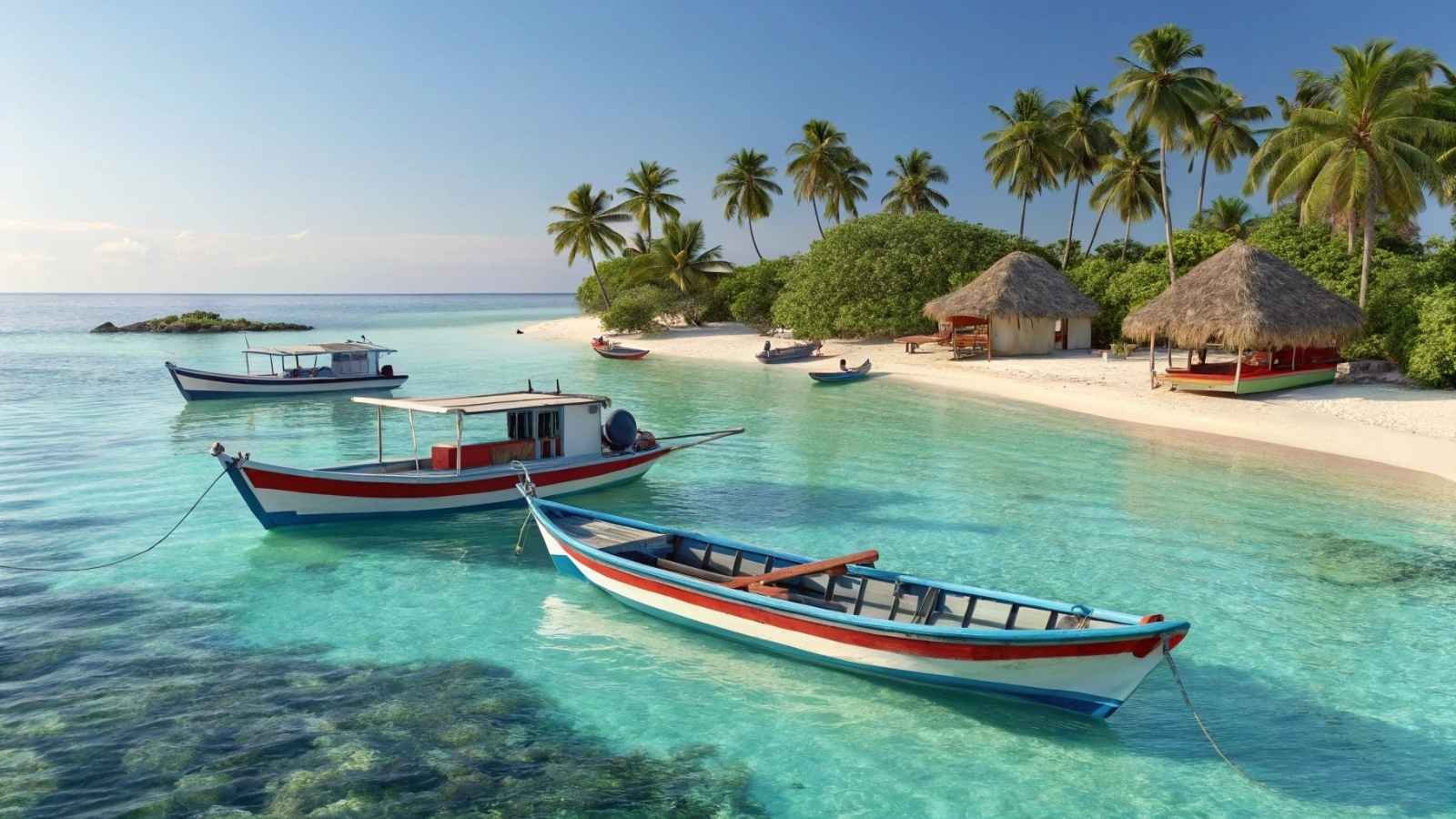
Craving turquoise water and sandy toes—but not the cruise crowds? Island-hopping using local ferries or chartered boats gives you the beach bliss without the buffet lines. This is how locals travel between islands, and it’s usually far cheaper, more flexible, and way more authentic than a floating mega-resort.
You can create your itinerary: spend three days on a sleepy fishing island, five in a jungle-surrounded beach town, and two more in a hidden cove that doesn’t show up on maps. With private day charters, you can even snorkel over reefs that cruise ships would never dream of reaching.
It’s slower, sure. But it’s also richer, with more local food, culture, and unplanned magic.
Best For: Beach hoppers, couples, solo travelers wanting the freedom to linger.
Other Useful Info:
- Best Months: Dry season (varies per region—e.g., December to April in the Caribbean, May to October in the Mediterranean)
- Top Destinations: Greek Islands, Philippines, Galápagos (DIY-style), Thailand’s Andaman Coast, Croatia’s Dalmatian Coast
- Cost: $10–$200/day, depending on ferries vs. private charters
- Booking Tip: Use local apps/sites for ferry schedules; private charters are often best booked in person or through local hotels
- Who It’s Not For: Those who need tight itineraries or hate small boats
15. Volunteer-Based Travel and Work Exchange
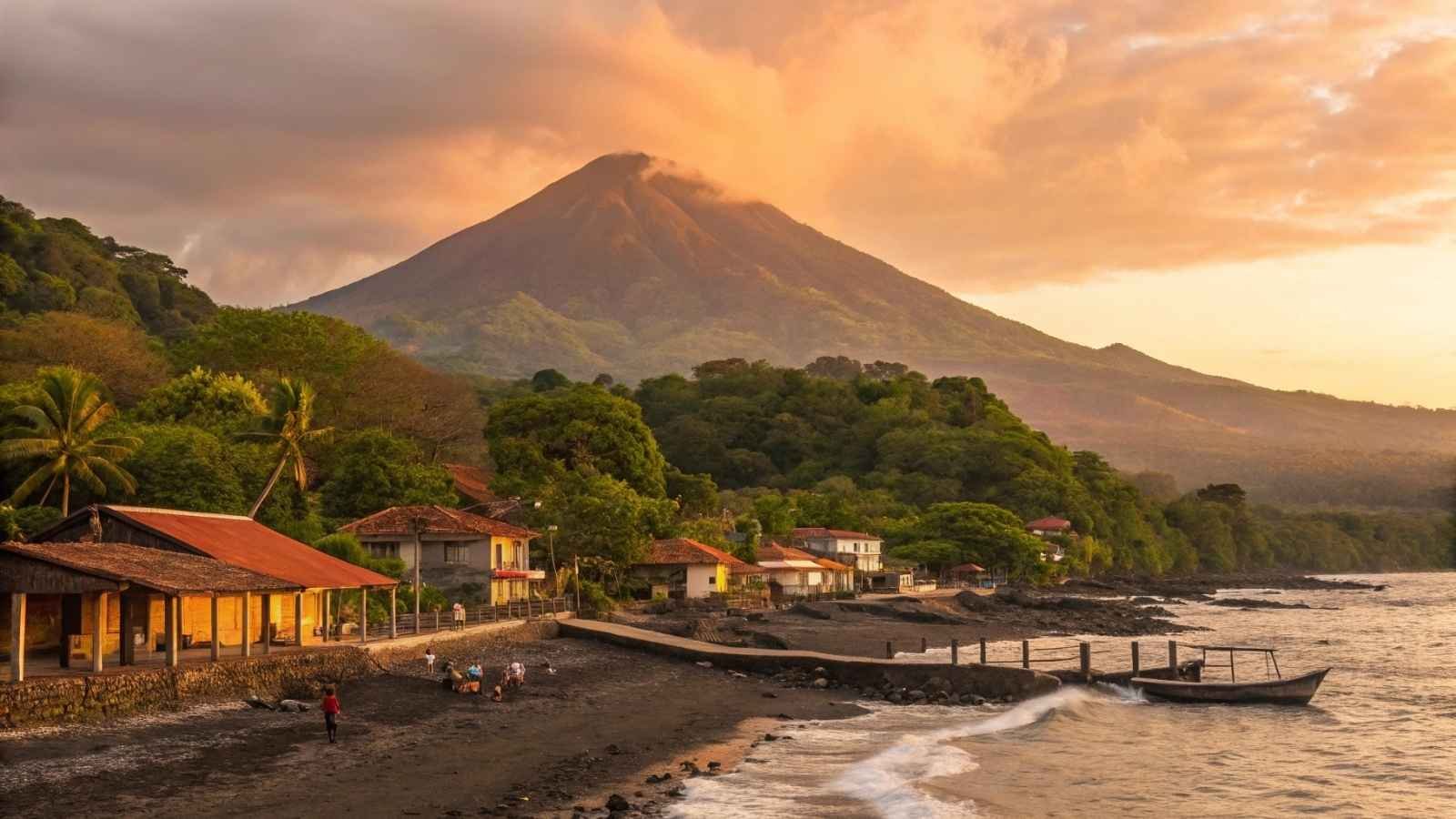
This one’s for travelers who want more than a vacation—they want to contribute, to connect, and to leave a place better than they found it. With volunteer-based travel or work exchanges, you can help restore coral reefs, teach English, assist on organic farms, or support sustainable building projects—and in return, receive lodging, meals, and priceless local insight.
It’s a way to travel affordably, but more than that, it’s a way to immerse yourself in communities and causes that matter. You’re not observing a culture from the outside, you’re part of it—if only for a few weeks.
And the friendships? Stronger than any you’ll make over karaoke and shrimp cocktails on a cruise.
Best For: Purpose-driven travelers, gap year students, and those craving connection over comfort.
Other Useful Info:
- Best Months: Year-round; depends on region and project type
- Top Platforms: Workaway, Worldpackers, WWOOF, Projects Abroad
- Cost: Often free or very low (usually $0–$15/day)
- Booking Tip: Read reviews, confirm expectations in writing, and choose projects aligned with your values
- Who It’s Not For: Vacationers looking for luxury, privacy, or strict schedules






